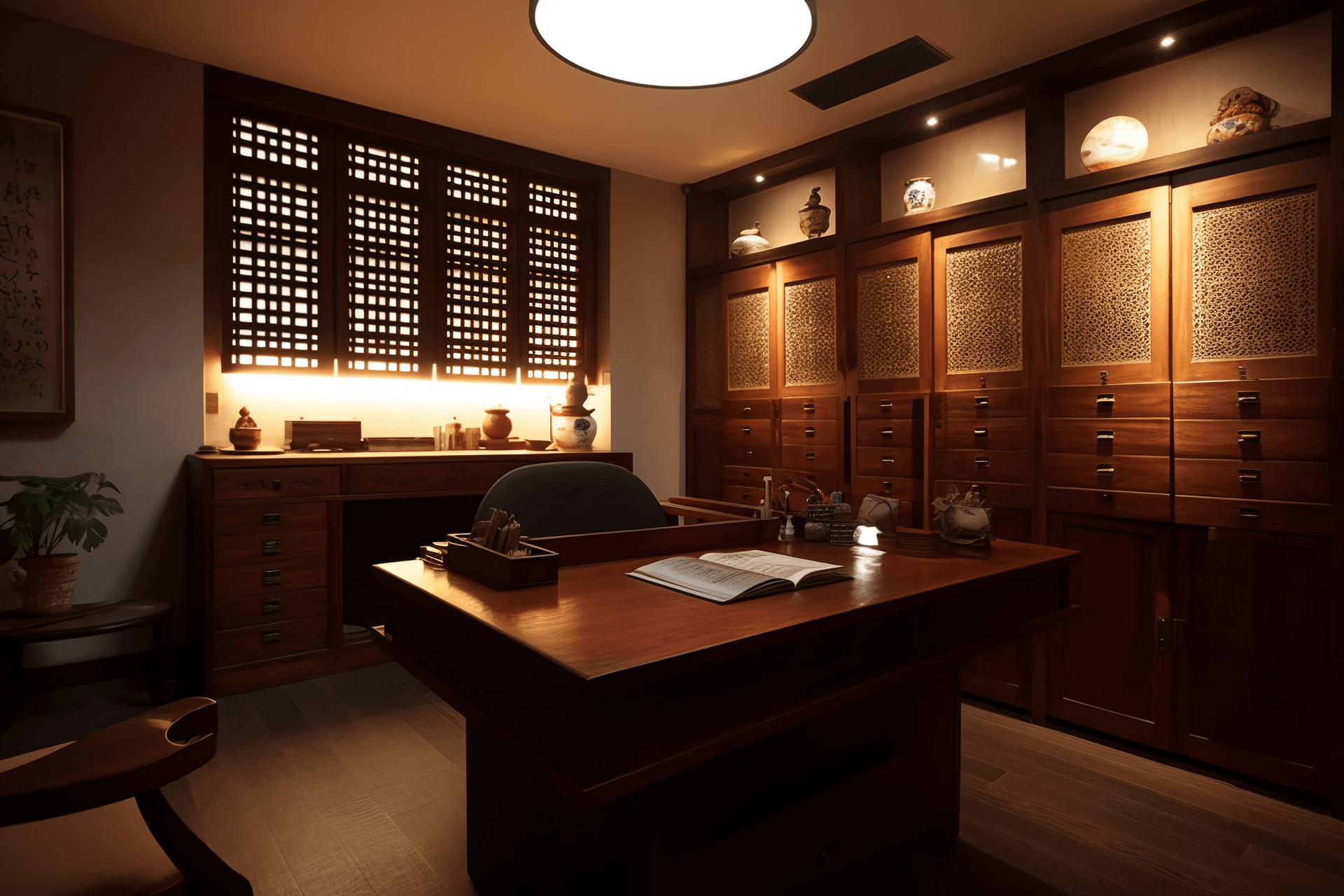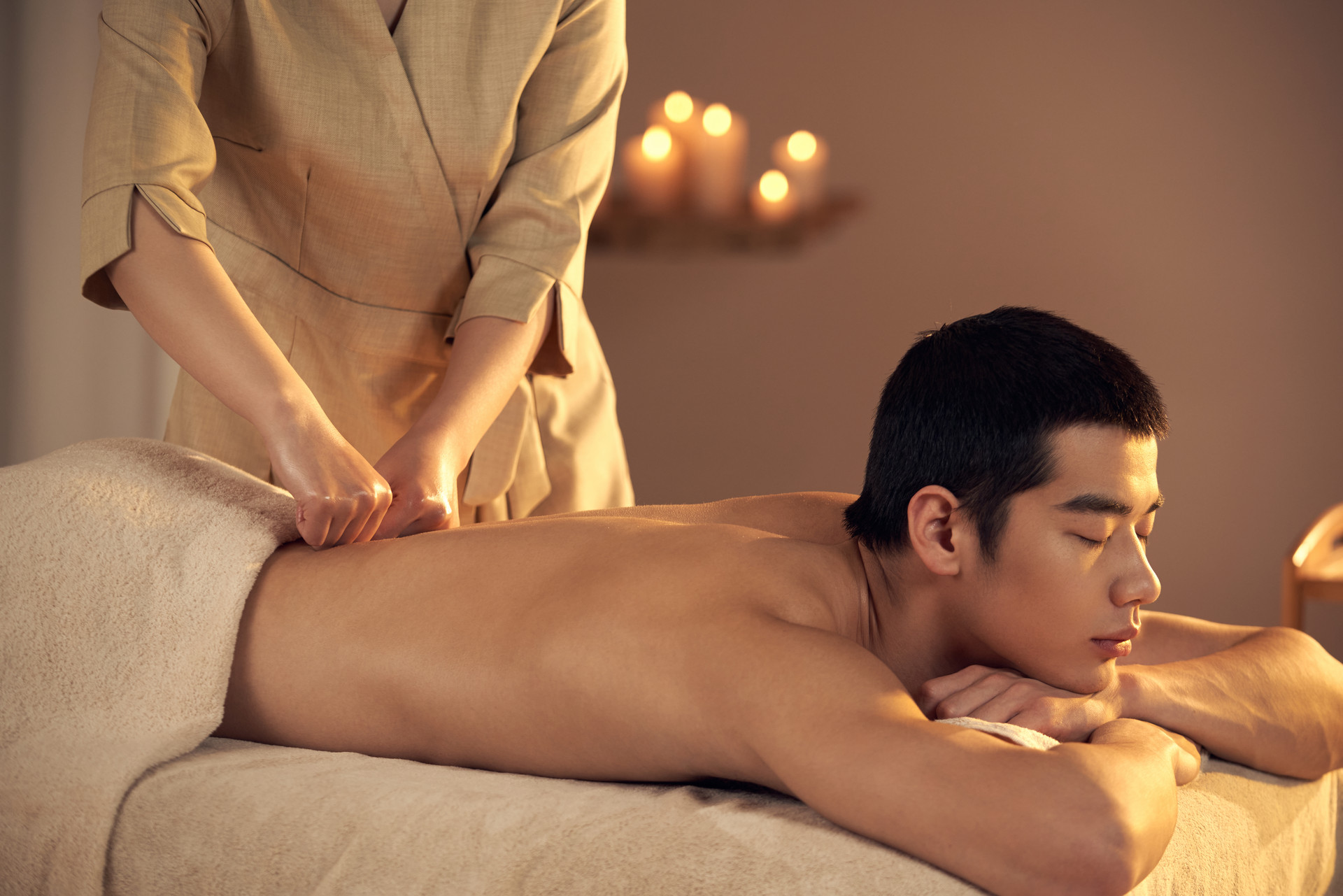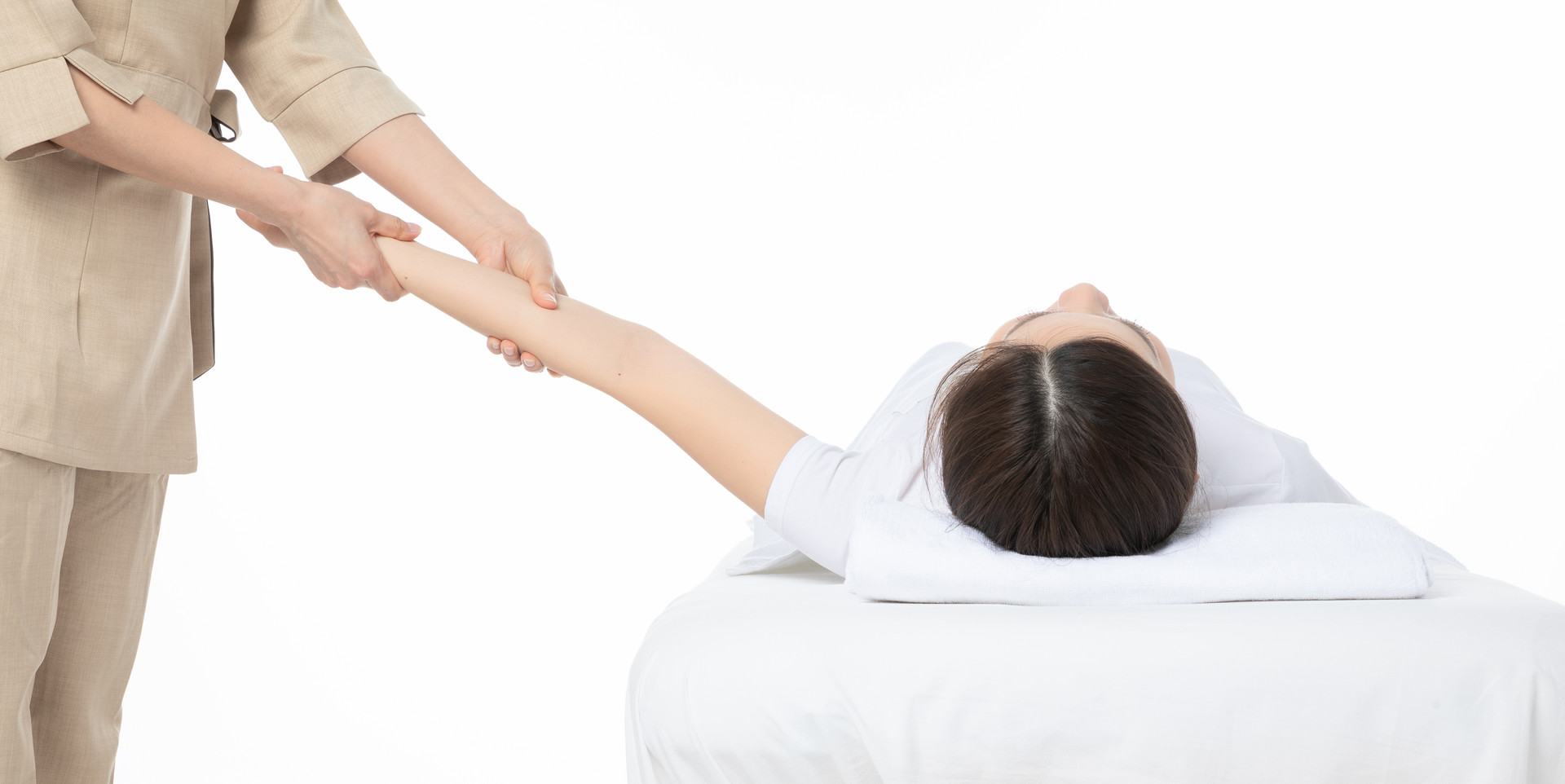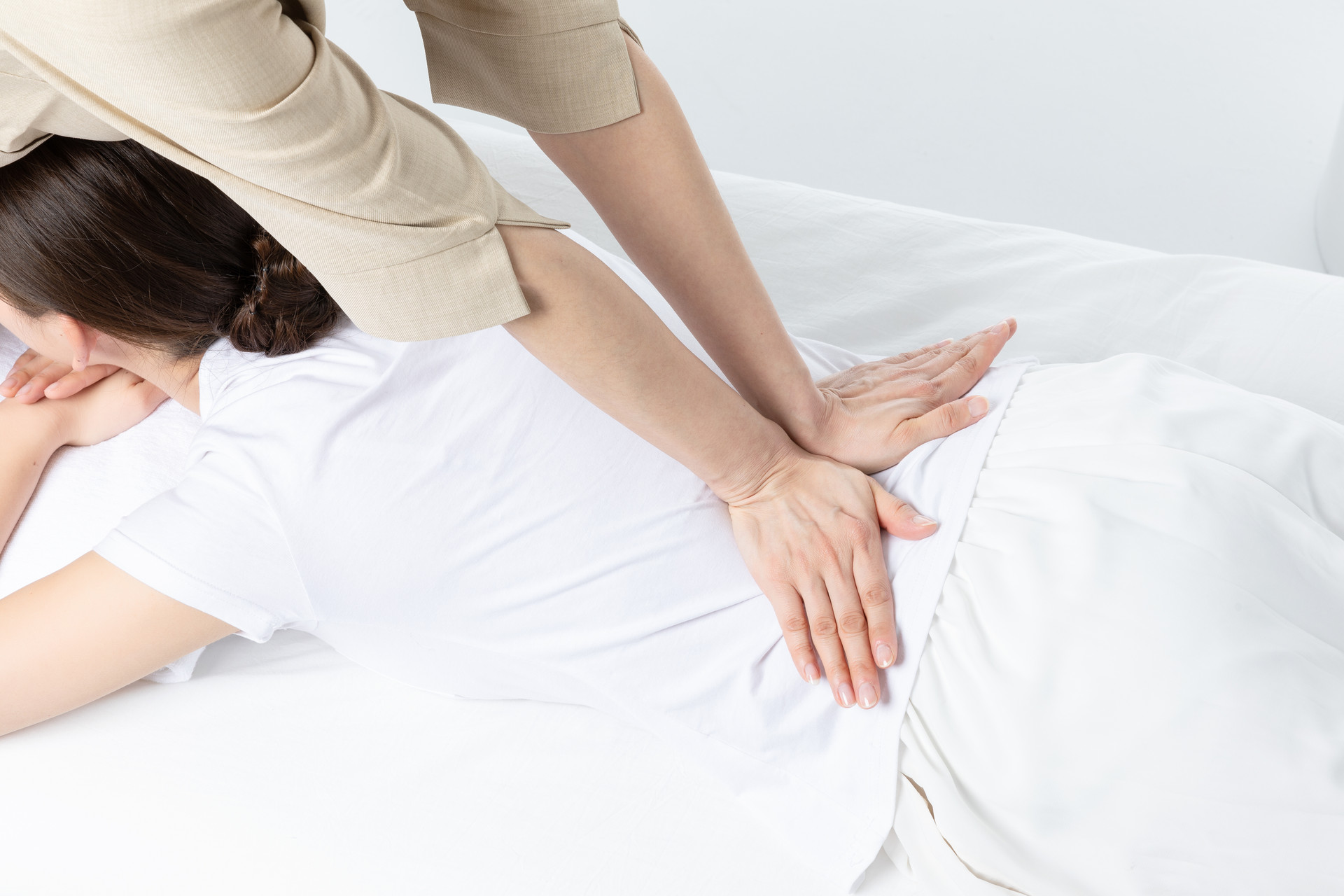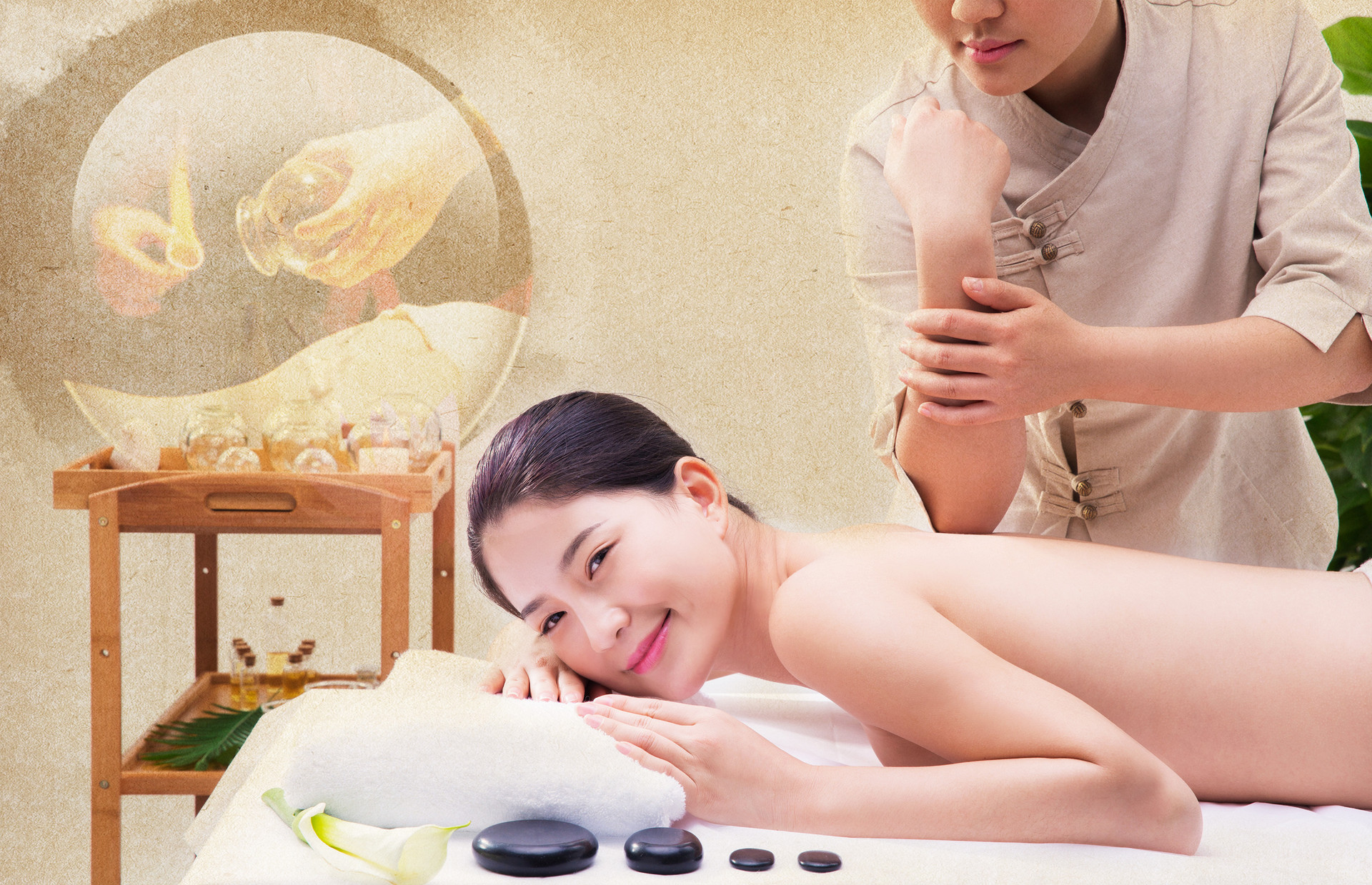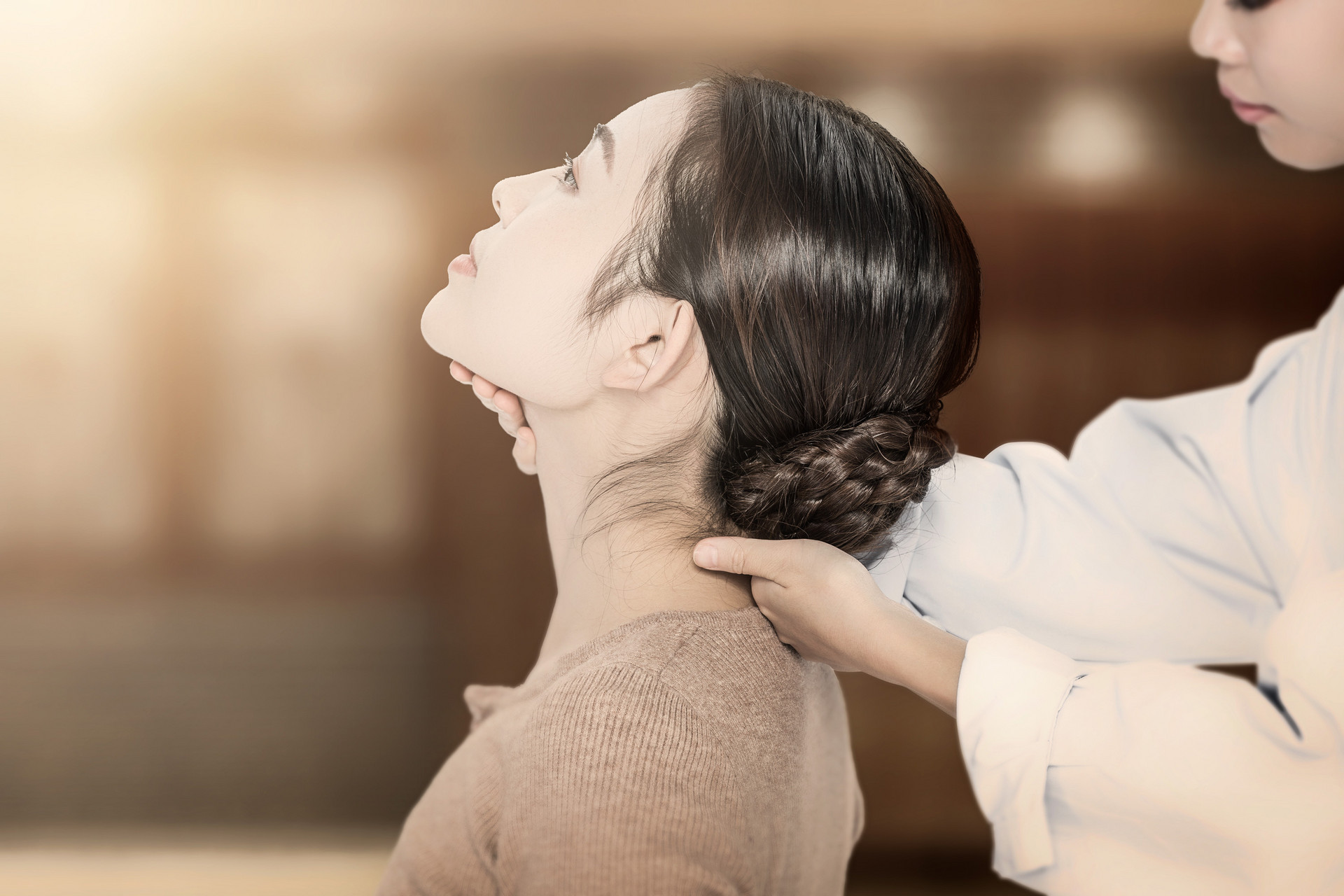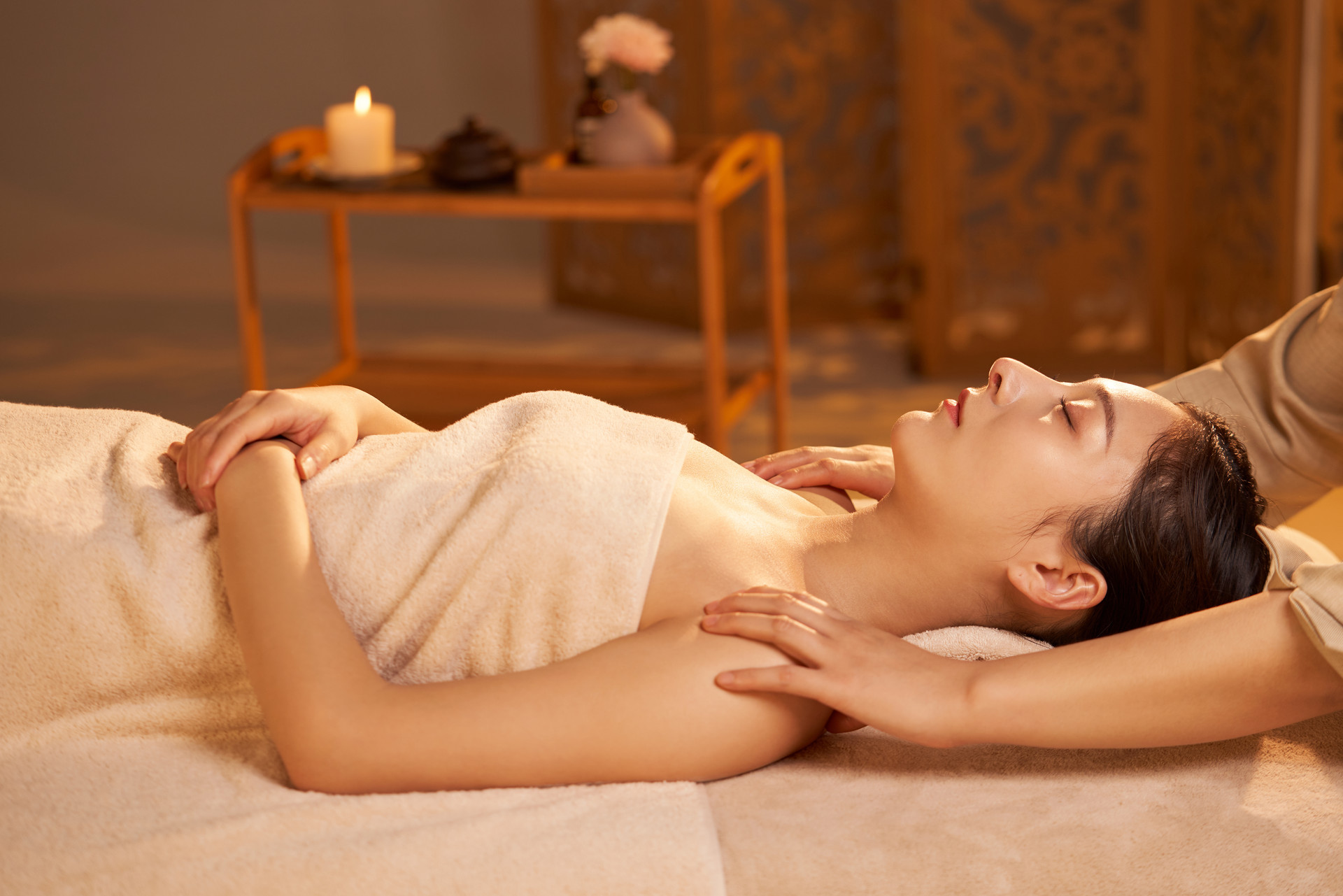1. Striking Massage Therapy
Using the back of the fist, palm root, side of the palm, fingertips, or a mulberry twig to strike certain parts of the body's surface is called striking method.
2. Fist Striking Massage Therapy
The practitioner clenches their fist, keeping the wrist joint straight, and uses the back of the fist to strike the treatment area. It has the effects of relaxing tendons, promoting blood circulation, and invigorating Qi. It is mainly used for treating limb soreness, numbness, and other symptoms caused by cervical and lumbar diseases.
3. Palm Striking Massage Therapy
Palm striking method, also known as palm root striking method. The practitioner's fingers are naturally relaxed, slightly bent, and the wrist joint is straight or slightly extended. The treatment area is struck with the palm root or the focus is on striking with the base of the little finger. It has the effects of relaxing tendons, promoting blood circulation, and calming the mind. It is mainly used for treating sciatica, soft tissue strain in the lumbar and hip region, numbness in the lower limbs, as well as headache, dizziness, and other symptoms.
4. Side Striking Massage Therapy
The practitioner extends their palm and fingers, slightly extends the wrist joint, and uses the base of the little finger to alternately strike the treatment area with one or both hands. It is also called little finger base striking method. It has the effects of relaxing tendons, harmonizing Qi and blood, and relieving fatigue. It is mainly used for treating rheumatic pain, limb numbness, delayed sensation, muscle spasms, as well as muscle soreness caused by fatigue or excessive exercise.
5. Fingertip Striking Massage Therapy
The practitioner half-bends their fingers, relaxes the wrist joint, and uses the wrist joint to make small, gentle strikes or gravity strikes on the treatment area.
6. Stick Striking Massage Therapy
Stick striking method uses a specially made mulberry twig for striking. The practitioner holds one end of the mulberry twig, and uses the flexion and extension of the elbow joint and the swinging force of the arm to strike the treatment area. It has the effects of relaxing tendons, promoting blood circulation, and clearing the liver and refreshing the mind. It is mainly used for treating rheumatic pain, limb numbness, and superficial delayed sensation.
7. Patting Massage Therapy
Patting method is used to pat certain parts of the body's surface with hollow palms. The practitioner's five fingers are naturally together, and the joints of the fingers are slightly bent, creating an empty space in the palm. Then, the treatment area is rhythmically patted with the hollow palm. It has the effects of relaxing tendons, promoting blood circulation, relieving fatigue. It is mainly used for treating rheumatic pain, dull or numb sensation in the skin, muscular tension and spasms.
8. Pecking Massage Therapy
The practitioner slightly bends their five fingers or separates them into a claw shape, or gathers them into a plum blossom shape. Using the flexion and extension of the wrist, they gently peck the treatment area. It has the effects of calming the mind, refreshing the brain, promoting Qi and blood circulation, and opening the chest and regulating Qi. It is mainly used for treating headaches, insomnia, neurasthenia, sequelae of cerebral concussion, sequelae of cerebral embolism, shoulder and back strain, and chest and rib pain.
9. Knocking Massage Therapy
Knocking method is an auxiliary technique, with similar movements to striking method but with lighter stimulation. The practitioner's fingers are naturally separated and slightly bent, and the treatment area is lightly tapped with the side of the little finger. It has the effects of promoting blood circulation, relaxing veins, and relieving fatigue. It is mainly used for treating local soreness, fatigue, delayed sensation or numbness.
10. Stirring Massage Therapy
The practitioner bends their index finger or middle finger, while holding the other fingers, and uses the protruding part of the proximal interphalangeal joint to tap acupoints. It has the effects of calming the mind and relieving convulsions. It is mainly used for treating convulsions, night crying, and other symptoms.
11. Building Massage Therapy
The practitioner holds acupressure fists and uses empty fists to strike the treatment area with one or both hands. It has the effects of relaxing veins and promoting blood circulation. It is mainly used for treating limb soreness, fatigue, and other symptoms.
12. Bouncing Massage Therapy
Using fingers to bounce on the body's surface is called bouncing method. The practitioner presses the thumbnail of the thumb tightly against the index fingernail, and then quickly bounces the index finger; or presses the fingertip of the index finger against the back of the middle finger, and then quickly bounces the middle finger. The treatment area is continuously bounced at a frequency of about 100-140 times per minute. It has the effects of relaxing tendons, promoting blood circulation, and relieving headaches, stiff neck, and joint soreness in the limbs.



